An herbal remedy made with only one herb is called a Simple. I can’t think of a more, welcome Simple than Chamomile. Camomile tea is available in the tea section of your grocery or health food store, but this plant is also very easy to grow, and comes back every year by reseeding itself.
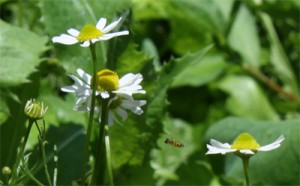 Happy yellow heads, delicate white petals and an intoxicating sweet apple scent make chamomile the quintessential herb for any sunny garden. You might know this herb as Garden Chamomile or Ground Apple.
Happy yellow heads, delicate white petals and an intoxicating sweet apple scent make chamomile the quintessential herb for any sunny garden. You might know this herb as Garden Chamomile or Ground Apple.
Chamomile is seductively tranquilizing, with relaxant and sedative properties. If you’re feeling a bit overwhelmed with life, or you just need a good night’s sleep, pick three or four tiny flower heads, throw them into a tea cup and pour boiled water over. Let your tea steep for at least seven or eight minutes before removing the flowers, or just leave them in. Indulge in the calming tranquility of chamomile tea, and forget about the stressful events of the day.
My friend remembers her Italian mother using chamomile tea for everything, and she laughs about the time when her brother was having a severe appendix attack and her mother promptly declared, “You need chamomile tea!”
Words of warning here, it you are having a severe appendix attack ~ see your physician immediately!
Chamomile Tea Benefits:
Chamomile is a cure all, which means it affects many systems of the body in a positive way. It is rich in vitamins and minerals and helps to regenerate your body by reducing acidity, inflammation and irritation, and remineralizing depleted tissues.
It’s medicinal virtues include antispasmodic properties which help to reduce the pain and spasms of injuries; and antiseptic properties, which prevent infection by killing microorganisms. Chamomile is known as a vulnerary or wound healer. This combination of medicinal properties makes chamomile an excellent remedy for wounds and trauma to tissues, such as bruises, bites or sprains. (Schneider, 2002)
Make a strong chamomile herbal tea and let it cool. Soak a flannel or soft cotton cloth in the tea, then lay the cloth over the affected area, refreshing the cloth with tea as needed.
Chamomile is included in many herbal blends to help calm and relax your digestive system as well. For digestive upset, and chronic acidity, such as that caused by a congested Liver and Gall Bladder, try mixing Chamomile with other relaxing, nourishing and healing herbs, such as Lemon Balm and Alfalfa. I used Nourishing Comfort Digestive Tea Blend to heal my entire digestive system, while using liver and gallbladder cleanses to purge out hundreds of fatty deposits or gallstones, lose over 20 pounds, and save my Gall Bladder from imminent extraction! For more information about congested liver and gall bladder, read Conversation with Dr. Gall. To try the cleanse yourself, download Cleanse Your Body!
Chamomile tea is less known for its ability to soothe premenstrual pains and headaches. Drink as a simple tisane, which means by itself as a tea, or mix with equal parts of red raspberry leaves and red clover flowers for a strong, hormone balancing blend. Red clover is especially rich in phytoestrogens, those weaker plant estrogens which help to balance your hormones and your mood, as well as reduce uncomfortable symptoms of premenstrual syndrome and menopause. Be aware… red clover flowers have been used to increase fertility by native women! (Miczak, 1999)
Chamomile is a perfect herb for beginners, so purchase a package and make Chamomile your new garden friend. While on your way home, pick up a package of Chamomile tea bags too as your little friends will take a while to grow from seed to harvest.
Pick your chamomile flowers when they are perfectly ripe and flowery… just like this… after a rain if possible…
Dry them on a cotton napkin or tea cloth, under a ceiling fan if possible, which will help them dry faster. When your chamomile flowers are very dry, store them in a glass jar, in a cool, dark place, like your kitchen cupboard for instance.
In my experience, many people have a slight distaste for Chamomile tea at first try, myself included! Just give it some time, be patient and keep using it. Remember to use it when you’re really down and tired, or stressed and maxed out. Either way, this pretty little plant will grow on you, and you’ll find yourself coming home after a stressful day, rummaging through the cupboards, just begging for one last tea bag…
For detailed information about medicinal herbs and how to use them, check out Wild Medicinal Plants by Anny Schneider.
For Native American herbal secrets, recipes and healing traditions, go to Nature’s Weeds, Native Medicine by Marie Miczak, D.Sc., Ph.D.
References:
Schneider, Anny. (2002) Wild Medicinal Plants. Toronto: Key Porter Books Limited.
Miczak, Marie. (1999) Nature’s Weeds, Native Medicine, Twin Lakes: Lotus Press.
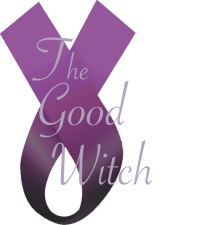
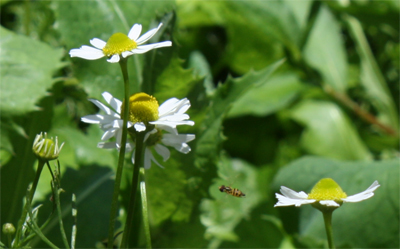

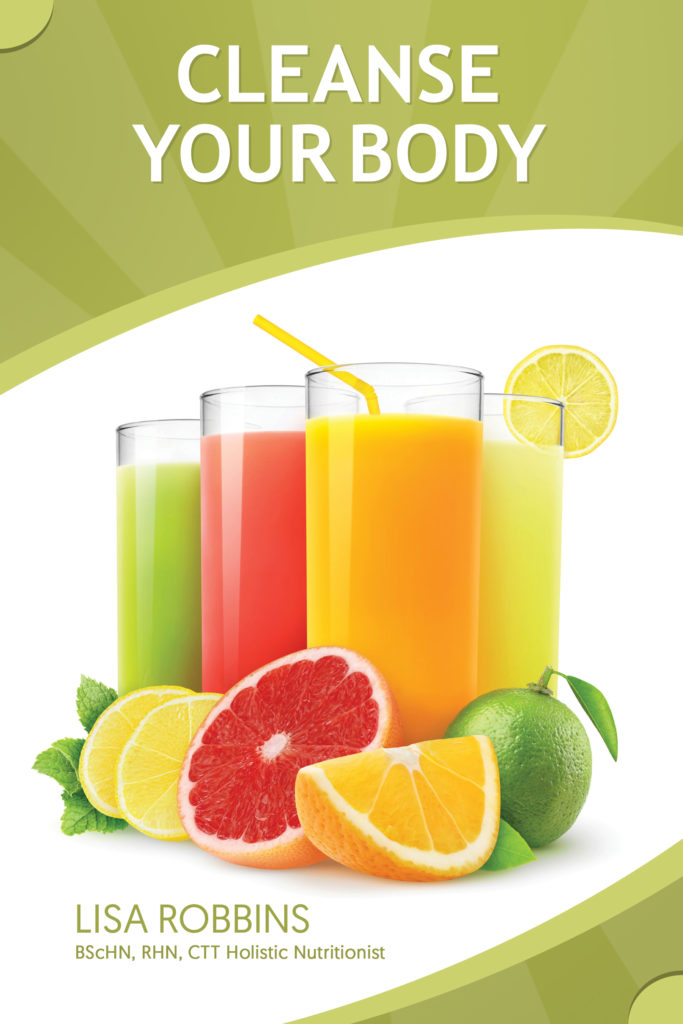

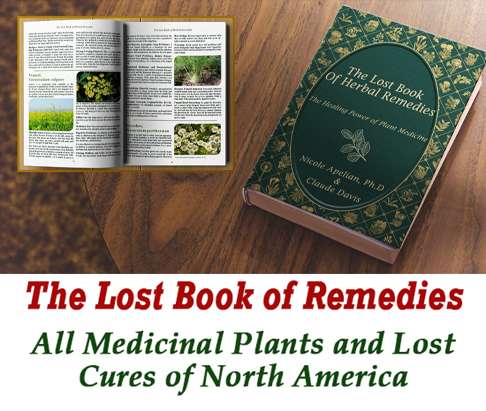
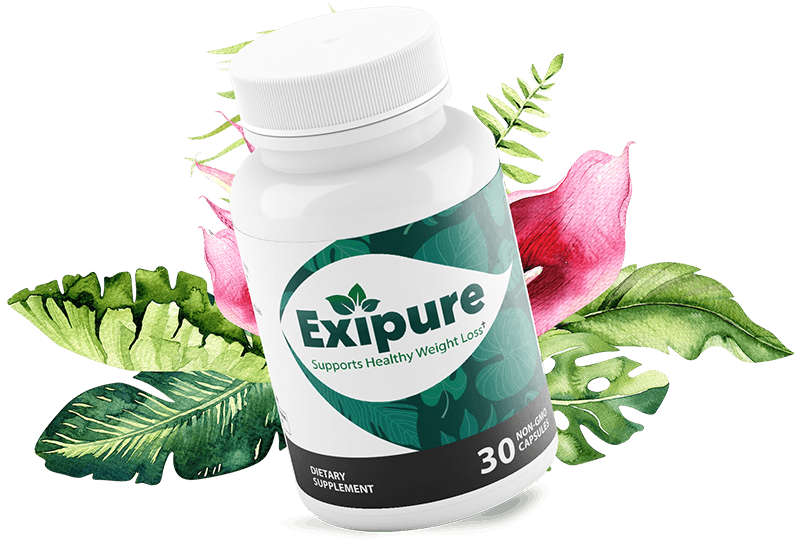

I have always had problems with my joints and rheumatics since I was a kid. I have found that if I drink plenty of chamomile tea, about three to four cups a day, I hurt a lot less and am more flexible. Also I get stomach problems and bad digestion and it helps that a lot as well. Really is wonderful stuff.
Hello
Very good article. I just would like to add one small comment. Sometimes it is worth to try to use different herbal remedies in combination. For example chamomile works well with herbs such as valerian. One cup of tea 30 minutes before going to bed should do the trick in terms of good night sleep.
Best Regards
Lucia Mat
Greetings from Melbourne, Australia. Thanks for the interesting content. It helped me a lot with my school cooking research 🙂
“The road will overcome the walking”. I wish you never will stop and be creative – forever!
Man, talk about a fantastic post! I?ve stumbled across your blog a few times within the past, but I usually forgot to bookmark it. But not again! Thanks for posting the way you do, I genuinely appreciate seeing someone who actually has a viewpoint and isn?t really just bringing back up crap like nearly all other writers today. Keep it up!
Great blog! A pleasure to read.
There is no doubt that this post is very important for almost everyone. I appreciate more to get this. Thanks for sharing.
Do you people have a facebook fan page? I looked for one on twitter but could not discover one, I would really like to become a fan!